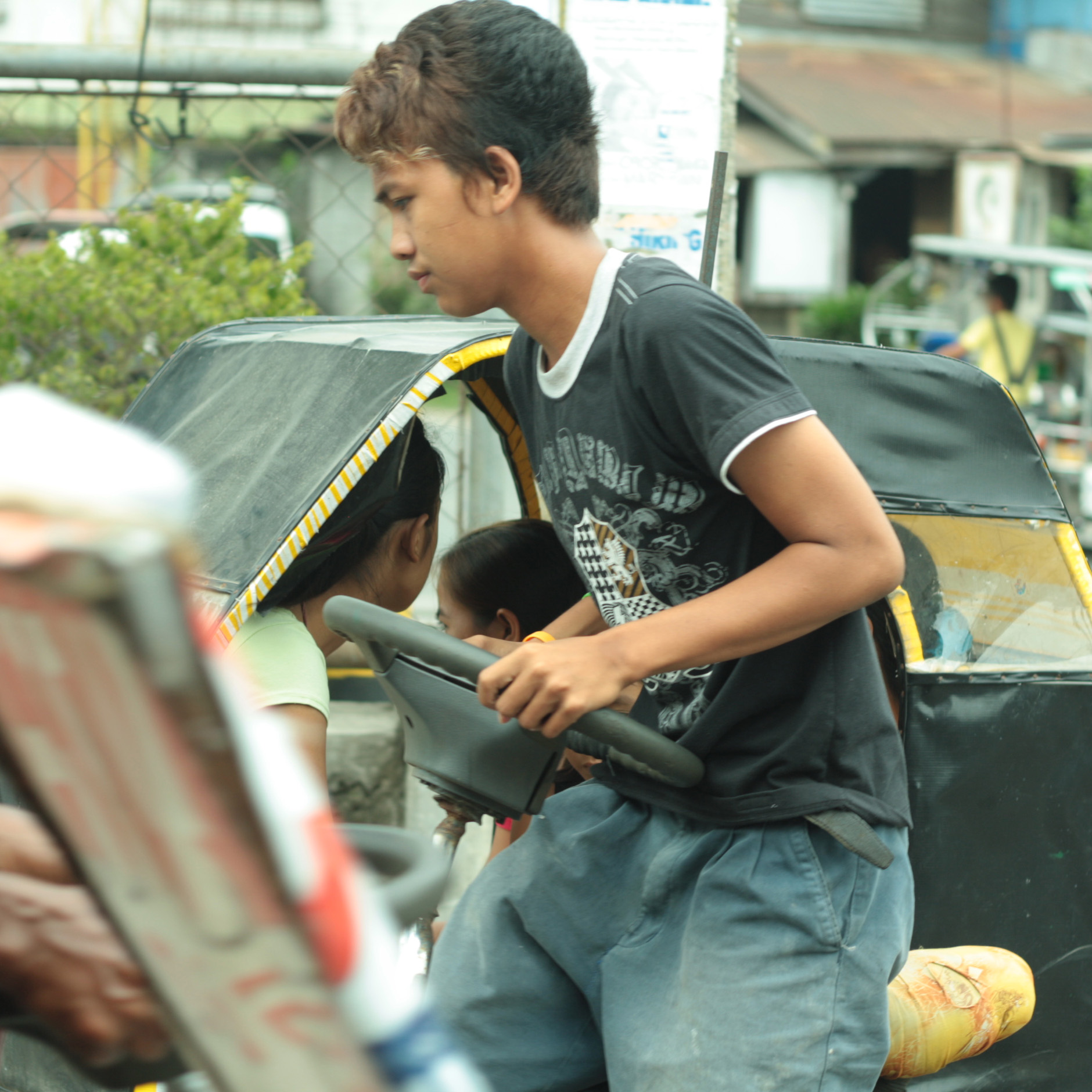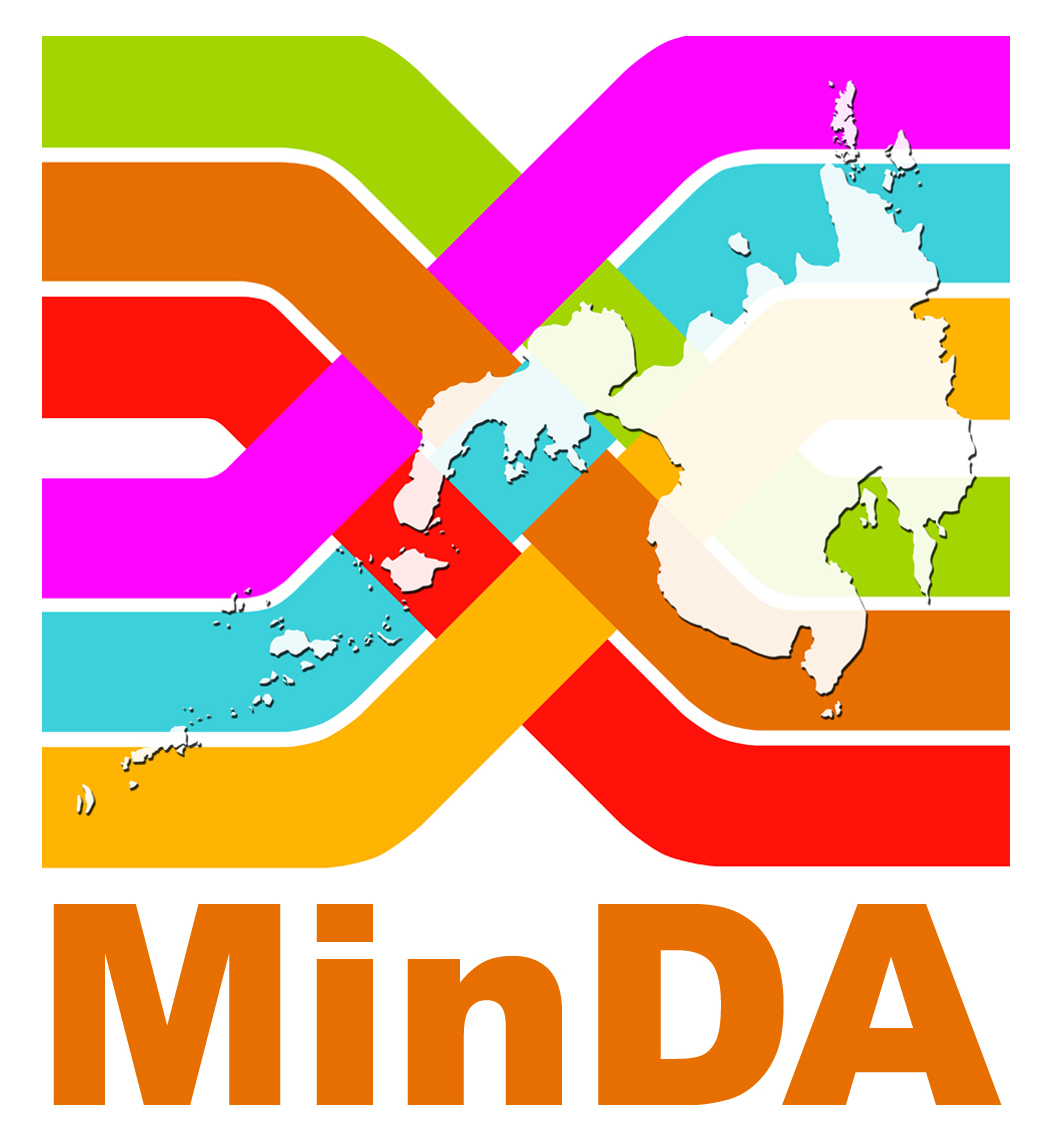Child Labor
Socioeconomic Issue in Spotlight

As of 2011, more than 5 million children aged 5 to 17 are already in the labor force, according to a survey conducted by the National Statistics Office and International Labor Organization. More than 50 percent (3.2 million) of them are exposed to hazardous labor in agricultural, services, and industrial sectors (Reyes et al. 2014).
Based on the same report, the number of working children increased by 53 percent (1.9 million) between 1995 and 2011. While child labor exists in all regions of the Philippines, the highest proportion of child labor was recorded in Northern Mindanao--with three in every ten children, aged 5 to 17, already working. Moreover, Reyes et al. (2014) noted that there are more boys engaged in child labor that girls.
In the study of Marcus and Harper (1997), child labor is not entirely regarded as a negative issue; as long as a child’s general welfare and education are not at stake. This is consistent with the country’s operational definition of child labor stated in RA 7658 (An Act Prohibiting the Employment of Children Below 15 Years of Age in Public And Private Undertakings), wherein a child worker can only be considered as a child laborer under these three parameters: hazards faced, age, and parental supervision (Alonzo and Edillon 2002).
Nevertheless, a child’s vulnerability makes him/her more prone to the worst forms of child labor, such as slavery, prostitution, illegal drug-related activities, and one exposed to hazards (Aldaba et al. 2004).
According to Sta. Maria et al. (2001), internal trafficking, wherein trading and exploitation of victims are done within the country, may be considered as a major factor why children are exposed to the worst forms of child labor. For these children, working in agriculture, mining and quarrying, construction, and transportation industries poses danger and consequences that may affect their health and well-being.
For instance, in the agricultural regions of the country, children who work for farms and plantations are exposed to threats such as snake bites, accidents, and energy-draining chores. These children earn not more than PHP 50-60 a day, with no benefits (Rollolazo and Logan 2002).
Esguerra (2002) analyzed what causes child labor in the Philippines. Based on his study, financial constraints, inability to fulfill primary needs due to family size, and availability of child work are the three main reasons that influence a household’s decision to allow a child to work. External factors, such as socioeconomic development, geographic location, and level of government expenditures on social services, also affect decisionmaking in these household.
To address this issue, Esguerra (2002) suggested a two-pronged approach that involves (1) poverty reduction, development of the country’s economic growth, and extension of permanent job availability, and (2) an intervention to deal with other forms of child labor.
In another study, Aldaba et al. (2004) suggested that effective policies, institutional reforms, and collaborations with international organizations should be strengthened to enhance the policies and campaigns against child labor. Improving education, raising awareness, and reinforcing anti-poverty actions, meanwhile, are some of the key solutions that Marcus and Harper (1997) recommended.
Intensifying the implementation of laws and policies should also be prioritized to curb the number of children involved in child labor. These policies include, among others, the Labor Code of the Philippines, Department of Labor and Employment Order No. 4 (Hazardous Work and Activities to Persons Below 18 Years of Age), and Republic Act No. 7610 (Special Protection of Children Against Abuse, Exploitation and Discrimination Act) (Aldaba et al. 2004).
Aside from child labor, the SERP-P database also showcases studies that explore the worst forms of child labor in Negros Oriental (Oracion, 2005), women and children trafficking at the Manila Port (Pacis 2001), laws protecting child workers (Ateneo Human Rights Center 1997), youth employment in the Philippines (Tidalgo and Teodosio 1981), and improving labor standards in the Philippines (Villamil 2002). (By Ivy Publico)


